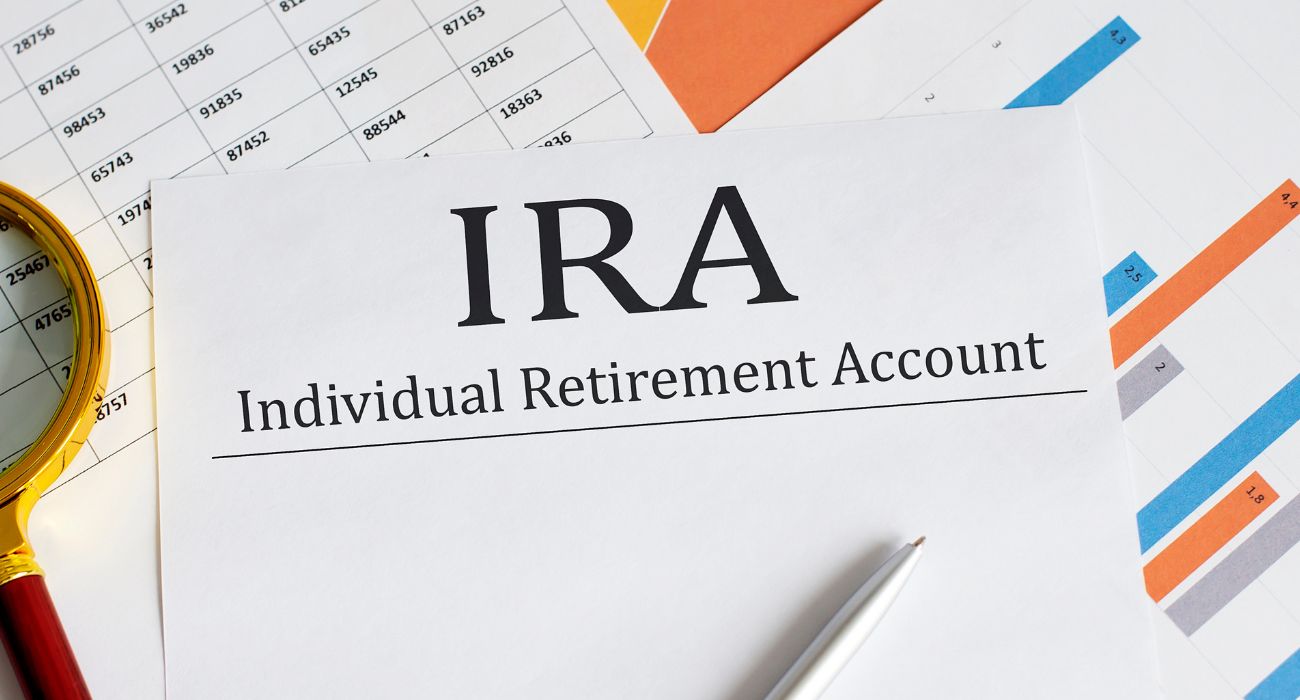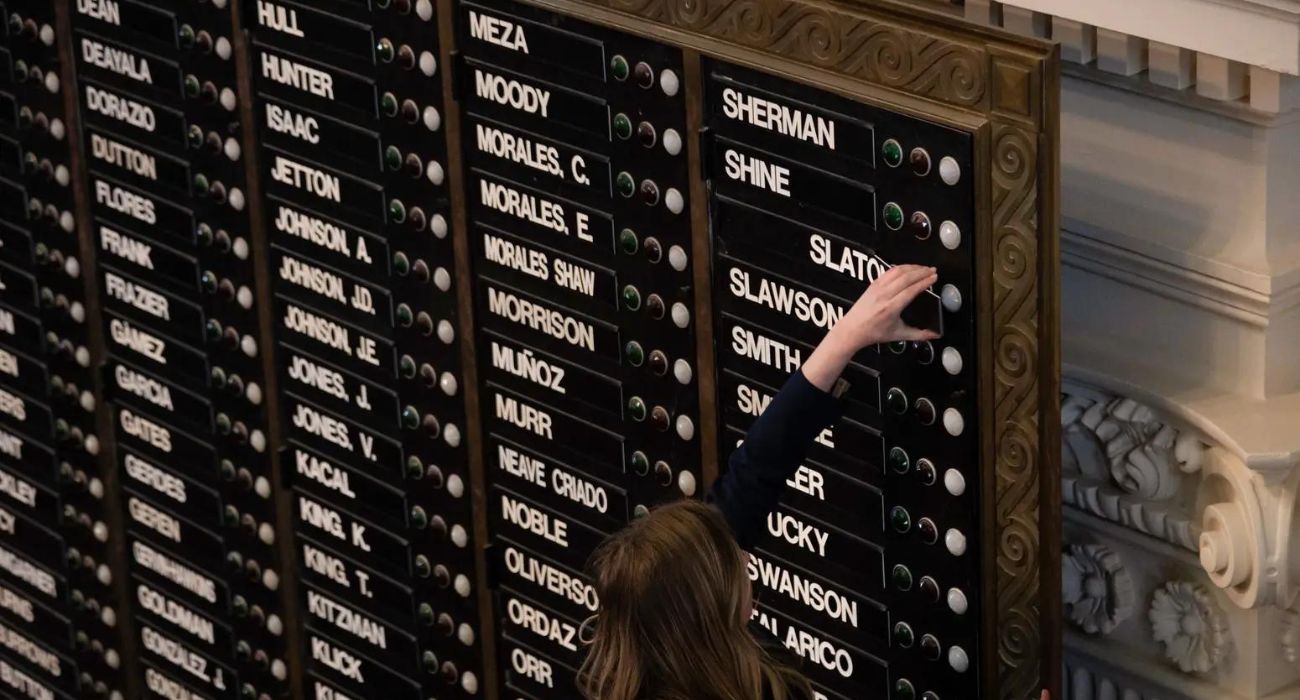The Internal Revenue Service (IRS) has issued a reminder to retirees about the mandatory special deadline to make their first individual retirement account (IRA) withdrawals.
Most IRA and 401(k) owners who turned age 72 before the end of 2022 will have to begin receiving payments by April 1, according to a recent advisory from the IRS.
The payments, called required minimum distributions (RMDs), are normally made by the end of the year and include traditional IRAs, SEP IRAs, SIMPLE IRAs, 401(k) plans, 403(b) plans, 457(b) plans, profit-sharing plans, other defined contribution plans, and Roth IRA beneficiaries.
However, a special rule enacted last December allows IRA account owners and participants in workplace retirement plans to wait until as late as April 1 to take their first RMD.
In addition to an April 1 special deadline for first payments, eligible retirees will also be required to make their second RMD withdrawal by December 31. Eligible retirees could face tax penalties if they fail to meet the special deadlines set by the IRS.
“Even though the first distribution is actually the required 2022 distribution, it’s taxable in 2023 and reported on the 2023 tax return – along with the regular 2023 distribution,” the IRS said in its reminder.
While most eligible retirees are required to receive their first RMD by April 1, participants who are currently working for their employer can wait until the following year before they must start receiving their distributions. This RMD exception does not apply to 5% of owners of the business sponsoring the retirement plan or the participants in SEP and SIMPLE IRA plans.
While the subject of retirement can be confusing for some, Clay Sanford with the IRS’ Media Relations Office urged The Dallas Express readers to visit the RMD FAQs on IRS.gov if they had any questions about required minimum distributions (RMD).
The IRS provides two worksheets to help calculate the RMD, one for beneficiaries of the deceased account owner and the other for all other participants.
“Most taxpayers use Table III (Uniform Lifetime) to figure out their RMD,” Sanford told The Dallas Express.
“Generally, a RMD is calculated for each account by dividing the prior December 31 balance of that IRA or retirement plan account by a life expectancy factor that the IRS publishes in Tables in Publication 590-B, Distributions from Individual Retirement Arrangements (IRAs). Choose the life expectancy table to use based on your situation,” he explained.
There may be tax penalties for participants who either don’t withdraw their first payment or don’t withdraw enough. A 50% excise tax on the amount that should have been withdrawn but wasn’t might be applied.
This would mean that a retiree able to withdraw $15,000 in a given year but failed to do so would be charged a $7,500 penalty.






